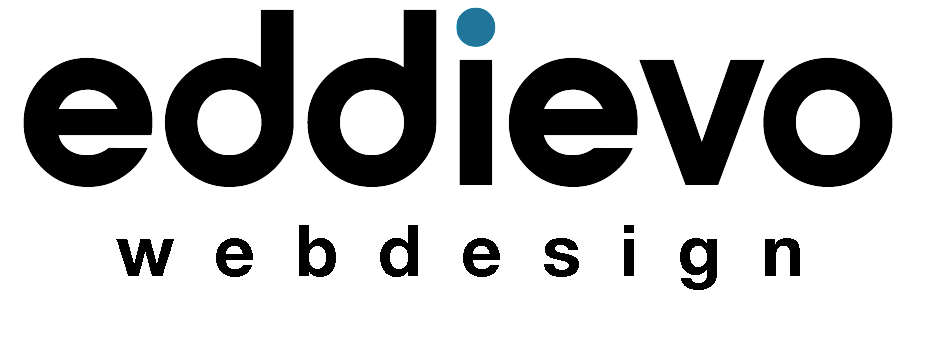Sustainable Web Design Practices
The internet, a vast and ever-expanding digital landscape, comes at an environmental cost. But what if websites could be more than just informative – what if they could be environmentally conscious as well? This is where sustainable web design comes in, offering a path towards a greener digital future. Let’s explore how web design practices can be optimized to minimize environmental impact, ensuring that our online presence treads lightly on the planet.
In the fast-paced world of web design, staying ahead often means embracing new trends and technologies that enhance user experience (UX) and usability. One such trend that has gained significant attention is responsive typography. In essence, responsive typography involves creating text that adapts seamlessly to different screen sizes, ensuring readability and aesthetic appeal across various devices.

Efficiency is King: Lean Code for a Lighter Footprint
Every website is essentially a collection of code. But bloated, inefficient code translates to increased energy consumption. Imagine a website built with clean, optimized code that loads quickly and efficiently. Sustainable web design prioritizes code optimization, minimizing file sizes and streamlining processes to reduce the energy required to display web pages.
Clean and Green Hosting: Choosing Providers with Renewable Power
Websites don’t exist in a vacuum; they reside on servers that require constant power. Imagine a website hosted by a provider that utilizes renewable energy sources like solar or wind power. Sustainable web design encourages choosing eco-friendly hosting providers who prioritize reducing their carbon footprint.
Image Optimization: Striking the Balance Between Quality and Size
Images are powerful storytelling tools, but large, unoptimized images can significantly increase a website’s size and energy consumption. Imagine a website that uses optimized images that retain visual quality while minimizing file size. Sustainable web design practices involve leveraging image compression techniques and choosing the most appropriate image formats to reduce website weight.
Font Choices for the Future: Web Fonts with Smaller Environmental Impact
Fonts might seem like a minor detail, but they can also contribute to a website’s environmental footprint. Imagine a website that utilizes web fonts designed with sustainability in mind, often featuring smaller file sizes and optimized formats. Sustainable web design encourages exploring eco-friendly font options that reduce the overall energy required to load web pages.
Minimalist Magic: Less is More for a Sustainable Web
Sustainable web design and minimalist aesthetics go hand-in-hand. Imagine a website with a clean, uncluttered design that utilizes fewer elements and animations. This minimalist approach not only improves user experience but also reduces the amount of data a website needs to load, ultimately lowering its energy consumption.
Beyond Design: User Education for a Collective Effort
Sustainable web design isn’t just about the technical aspects; it’s about fostering a culture of environmental consciousness. Imagine a website that educates users about sustainable web practices and encourages them to be mindful of their online actions. This could involve informing users about the environmental impact of large file downloads or encouraging them to choose eco-friendly browsing habits.
The path towards a greener web is paved with collaboration and innovation. By embracing sustainable web design practices, web designers and website owners can work together to create a digital world that thrives without sacrificing the environment. So, the next time you’re crafting a website, consider the impact it has on the planet. With a little creativity and a commitment to sustainability, you can design websites that are not only beautiful and functional but also environmentally responsible.
Responsive typography is a pivotal aspect of modern web design, ensuring that text adapts seamlessly to different devices while maintaining readability and aesthetic appeal. By implementing responsive typography principles, web designers can create engaging and accessible content that enhances user experience across all platforms. Embrace the versatility of responsive typography to craft compelling websites that resonate with users and stand out in the digital landscape.

